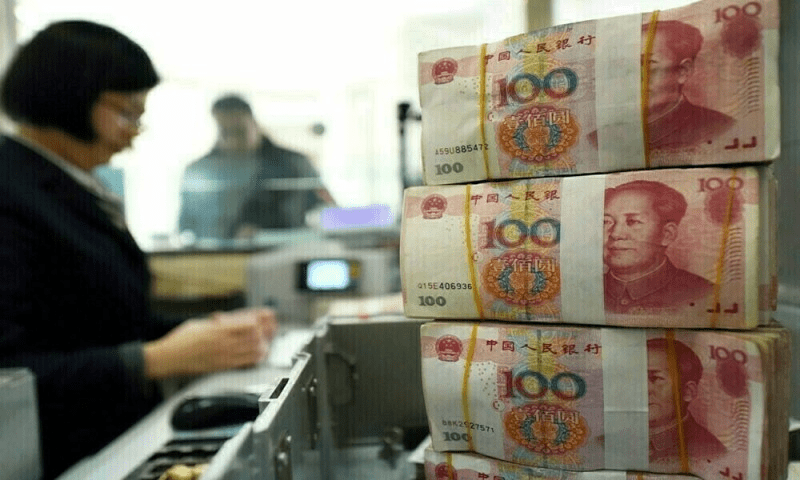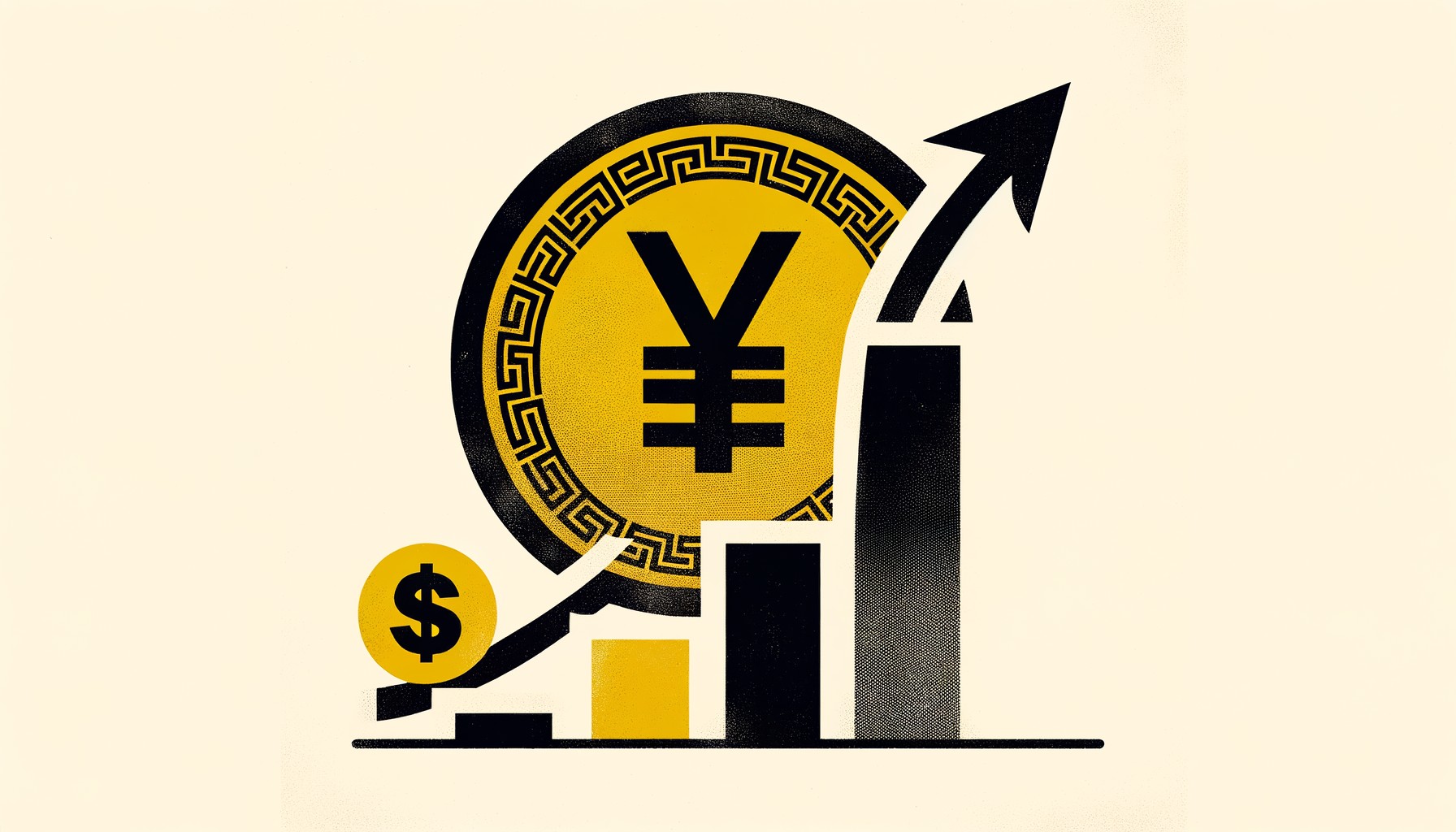Swift payment data is a major indicator for the relative status of international currencies. Other metrics include frequency of use in foreign exchange markets, commodity trading and governments’ foreign reserves.
The data showed the value of payments settled in yuan increased by 13.4 per cent compared with June, outpacing the 10.3 per cent growth recorded across all currencies.
The world’s second-largest economy first encouraged the use of its currency in international trade settlements in 2009, part of its response to the global financial crisis.
Yuan usage has been on the rise since Russia was ejected from the US dollar system after its invasion of Ukraine in February 2022. A vast majority of China and Russia’s US$240 billion trade last year was settled in either yuan or roubles.
“Despite depreciation pressures, the yuan’s internationalisation has advanced this year, with its overseas use on the rise,” said Ding Shuang, chief Greater China economist at Standard Chartered Bank.
Standard Chartered’s renminbi globalisation index, which also tracks the yuan’s international use, continued to grow this year after a strong 33 per cent increase in 2023 in alignment with Swift data.
The yuan surpassed the Japanese yen as the world’s fourth most active currency in global payments in November 2023, following the US dollar, euro and pound sterling.
In July, the US dollar accounted for 47.8 per cent of global payments, followed by the euro at 22.5 per cent and the pound sterling at 7 per cent, Swift data showed.
In the long term, Beijing will need to further relax its controls over capital accounts
The yuan also secured the No. 2 position in the trade finance market with a 6 per cent stake, higher than the euro’s 5.8 per cent and second to the US dollar’s considerable share of 83.2 per cent.
But he also pointed out the inherent difficulty of further breakthroughs after the yuan’s internationalisation reaches a certain level, considering the state of the country’s capital controls.
“To strengthen confidence in the yuan, the currency’s exchange rate but also the openness of cross-border capital flow must play a role,” he said, stressing the latter was not being prioritised sufficiently by Beijing.
“Currently, China is more focused on stability amid growing external uncertainties. But in the long term, Beijing will need to further relax its controls over capital accounts.”







